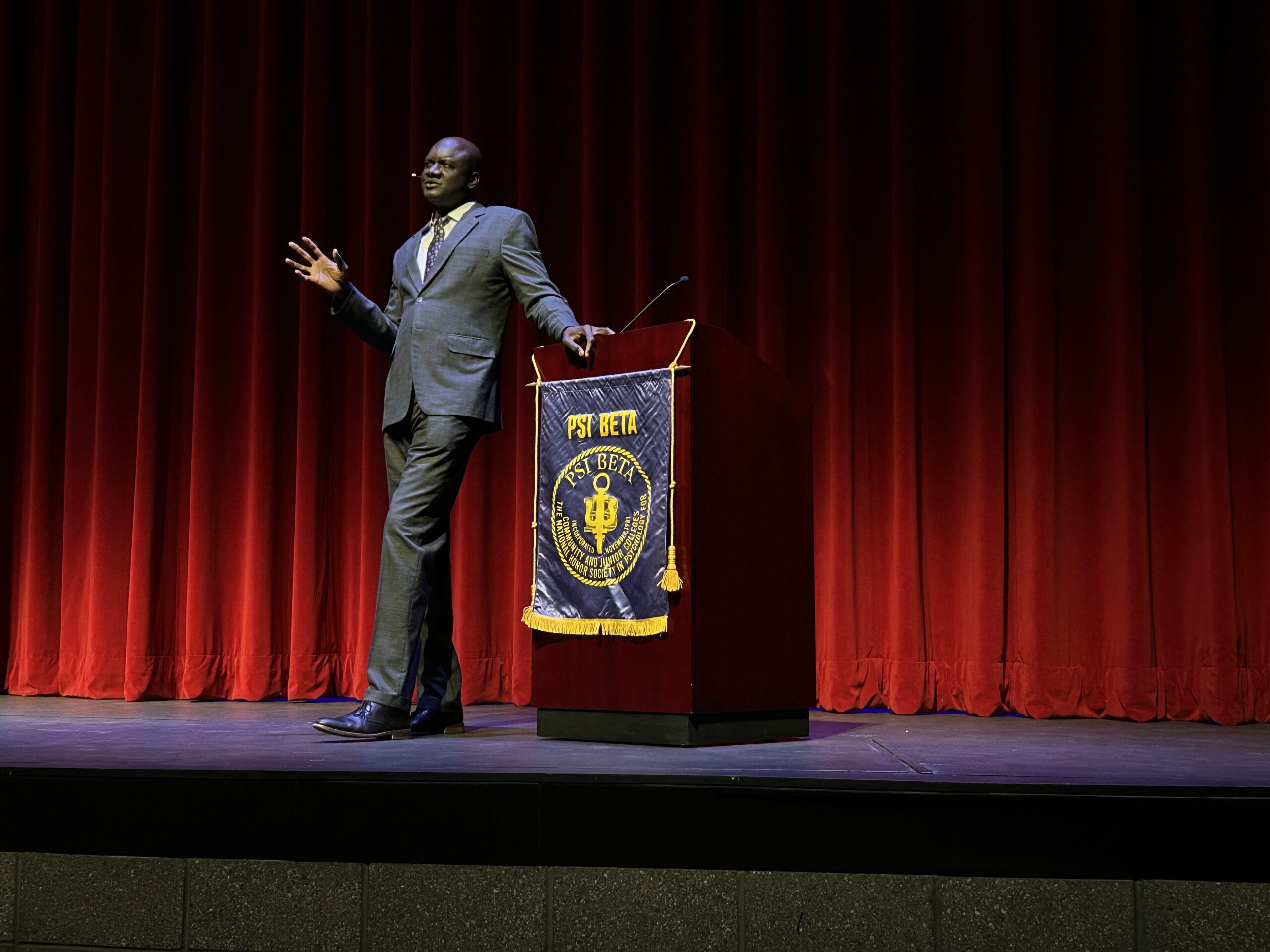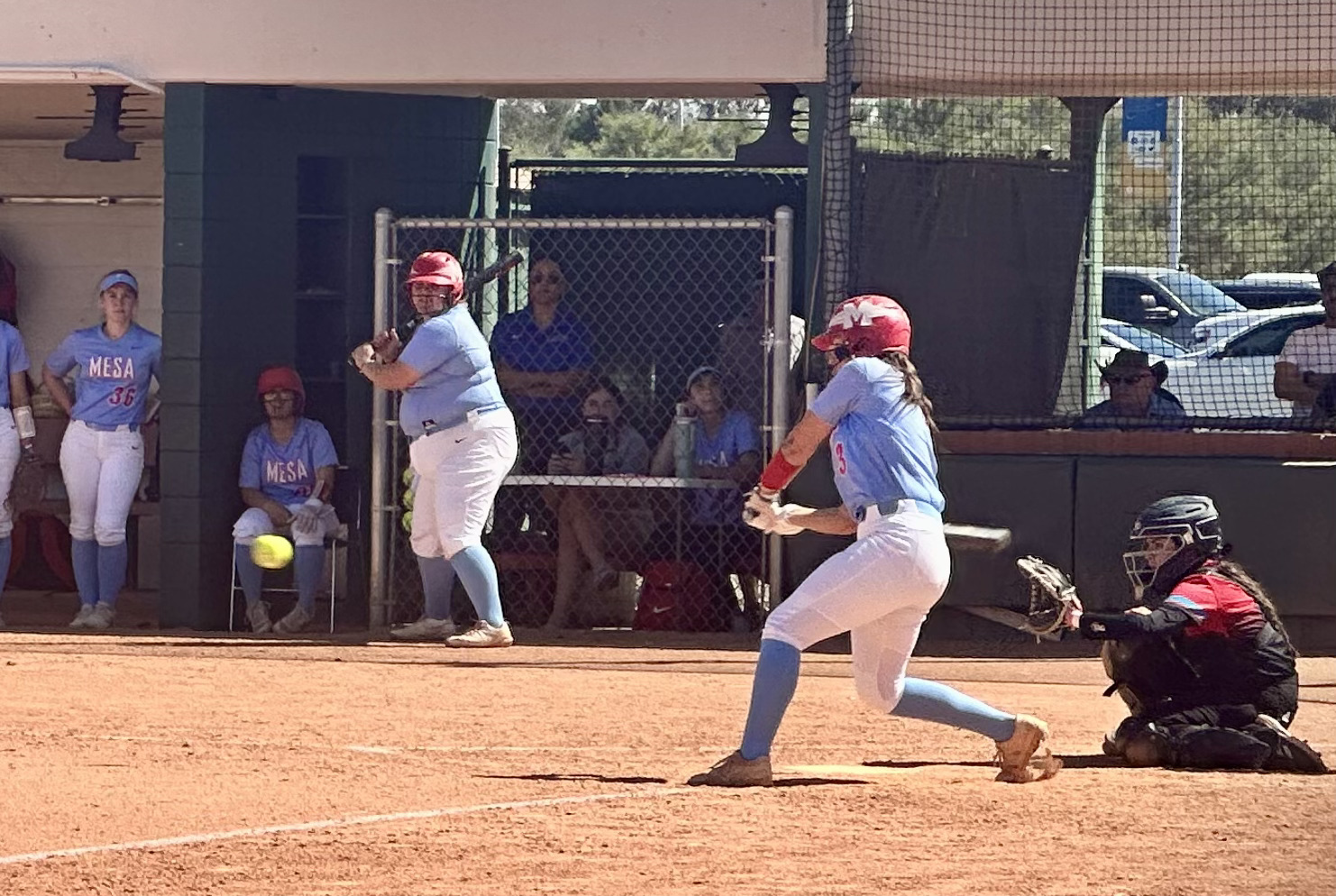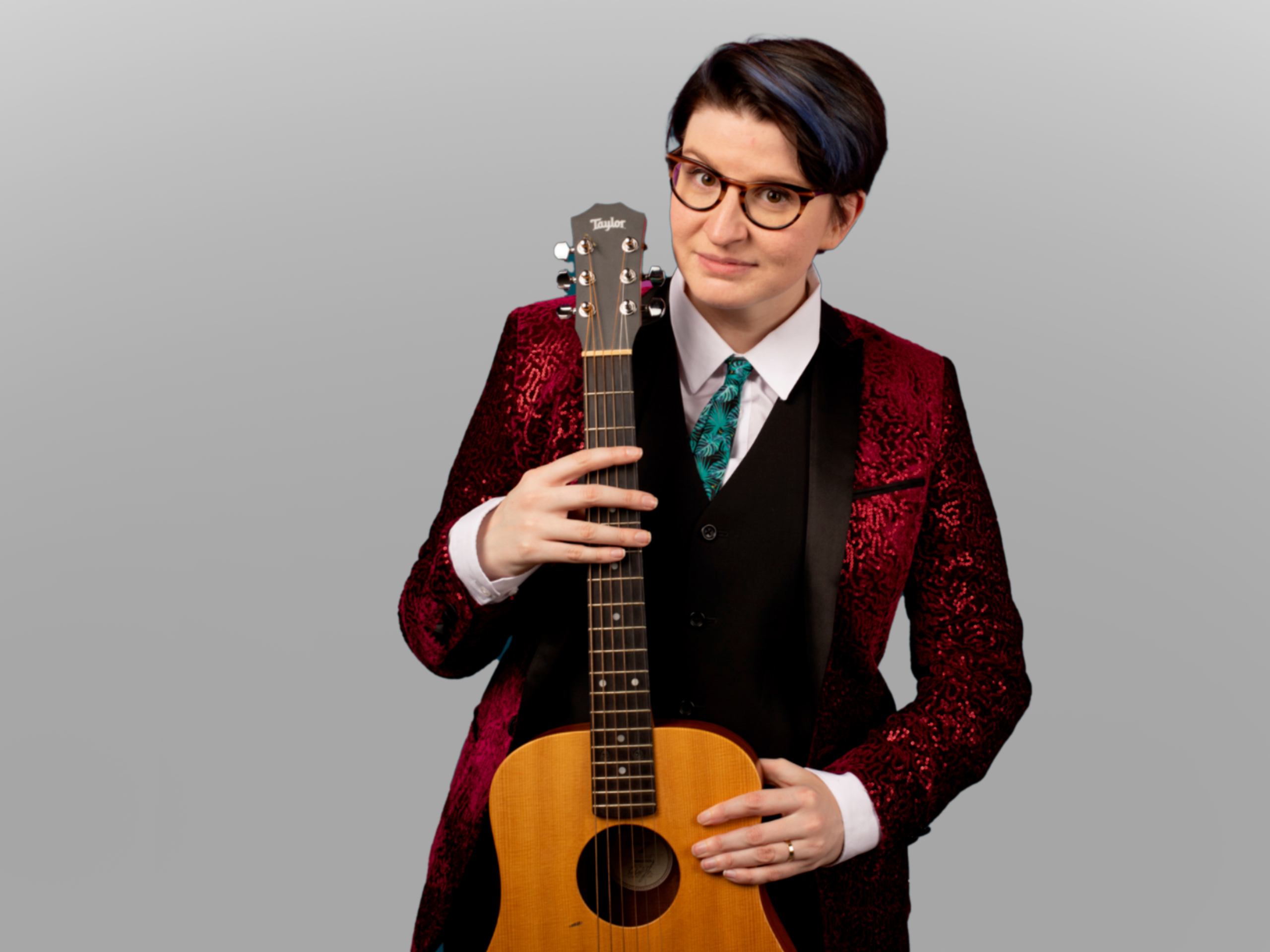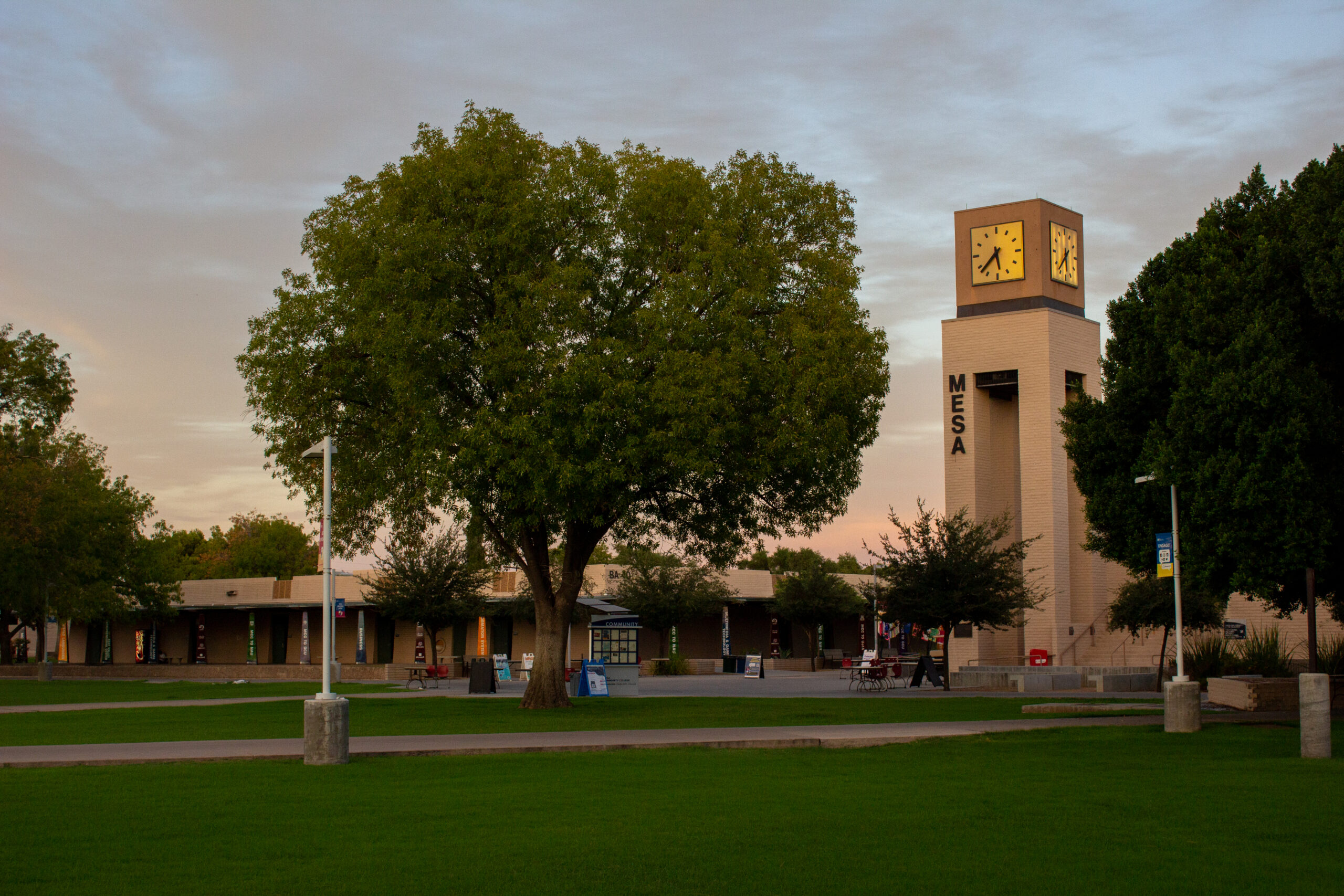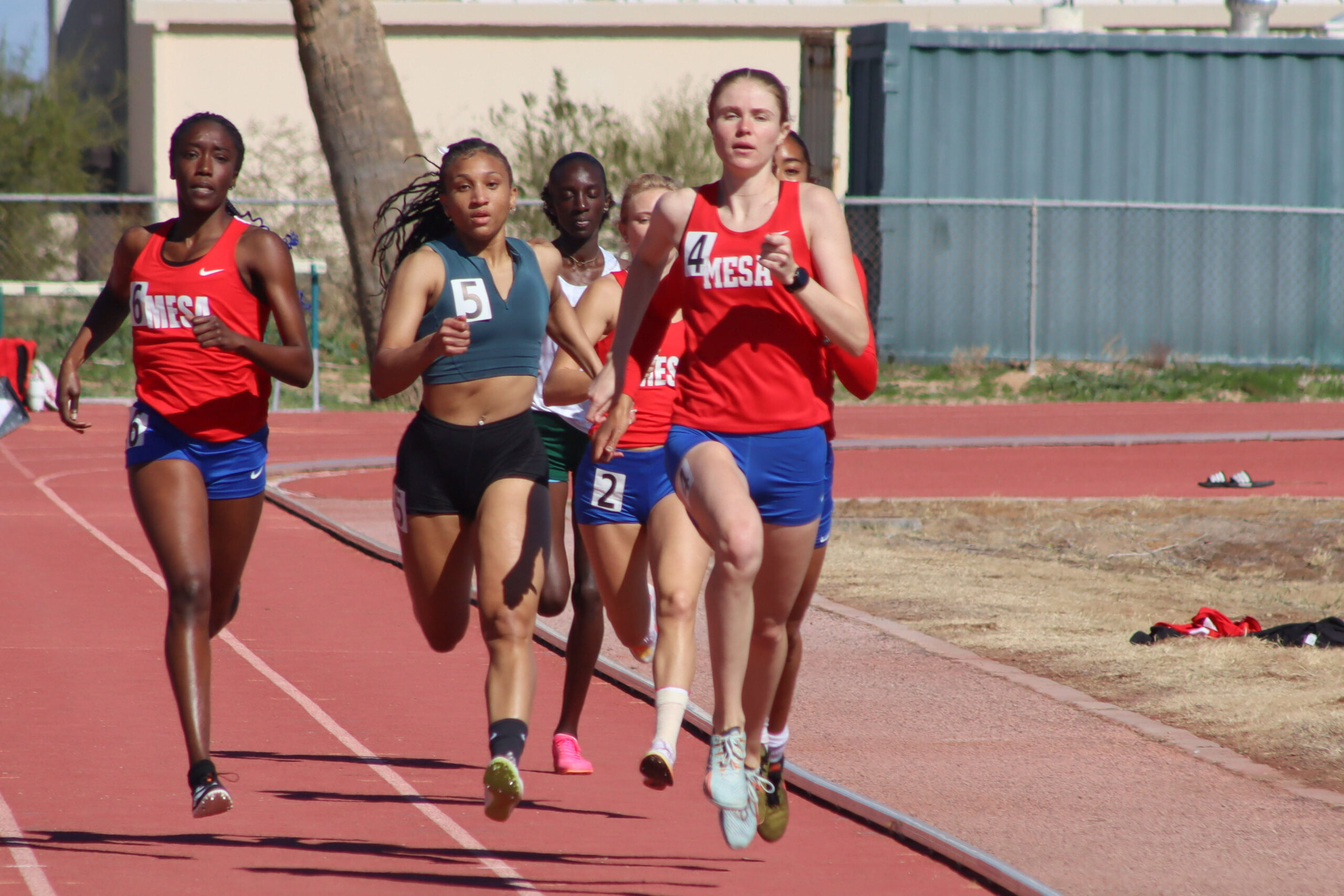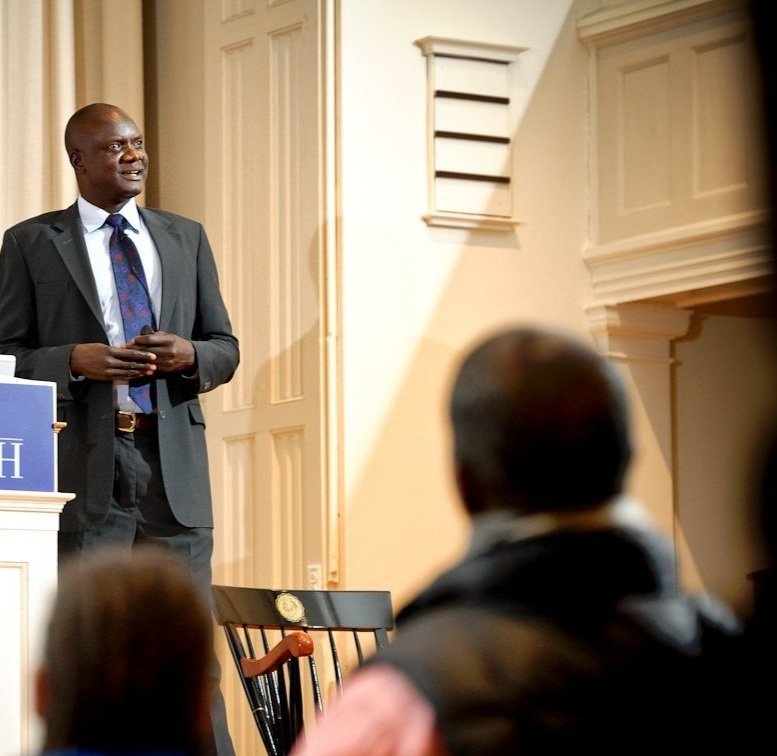Professor shows relevance of math in academic journal
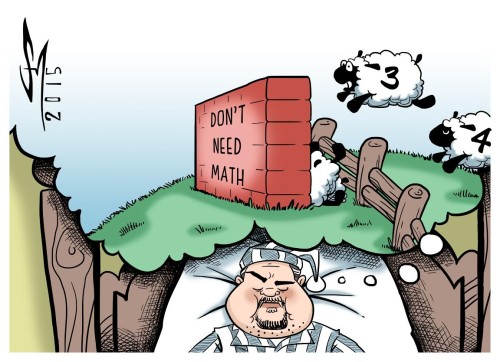
David J. Schultz, a mathematics professor at Mesa Community College believes he has finally answered that age old question: When are we ever going to use this in real life? And he did it with a can of soda. Schultz based the article he co-wrote with Ted Hodgson, a mathematics professor at Northern Kentucky University, on a puzzle first proposed by popular mathematics writer, Martin Gardener, concerning the center of mass of a soda can as the liquid drains. When the can is full, the center of mass of both the liquid and the can are in the middle of the can. As the can drains, the center of mass of both the liquid and the can drop, but there comes a point when the center of mass of the can rises again so that when the can is empty, its center of mass is once again in the middle of the can. The question that Schultz and Hodgson answered, originally proposed by Gardner, was how low the center of mass of the can drops before rising to back to the middle.
Although this puzzle has been solved by a slew of other mathematicians over the years, Schultz and Hodgson‘s work explores the conundrum from a differnt angle. They propose that it can be used to illustrate to students the prevalence of mathematic principles in everyday life. Because of this approach, their article will be published in the May 2015 edition of Mathematics Teacher, an academic journal that focuses on teaching math in more creative ways. In their article titled, Delving Deeper: A Refreshingly Rational Approach to the Center of Mass, Schultz and Hodgson focused on transforming Gardner’s puzzle into an experiment that could be implemented and performed by students in 120 level math courses. “It’s nice to show that something so simple that you can do in 120 can have real physical applications in the real world.” Schultz said.
Schultz stated that by providing more “hands-on” applications to the theorems taught in math 120 courses, many students will find math more accessible and interesting. Physics also plays a large a role in the experiment, showing students that math can be applied to other disciplines, Schultz’s ultimate goal is that by allowing students to experience math in such a way, it will help students that are usually frustrated by the dryness of regular math classes. “It’s these sorts of activities that keep people in the classroom longer.” Schultz said. He lamented that many students are not enclined to study stem fields due to them becoming bored with math.
Students agreed that more practical application could definitely improve their success in their math courses. “I’d like to work with something I do everyday” said Alyssa Bowman, a graphic design major at MCC “Something visual. It’s easier to do math if I can connect it with everyday life.” Geology major, Sabrina Rivers remarked on the value of incorporating of scientific principles to math courses. “ I would love to see science in my math classes,”Rivers said “It’s just really important to see how everything connects.”
